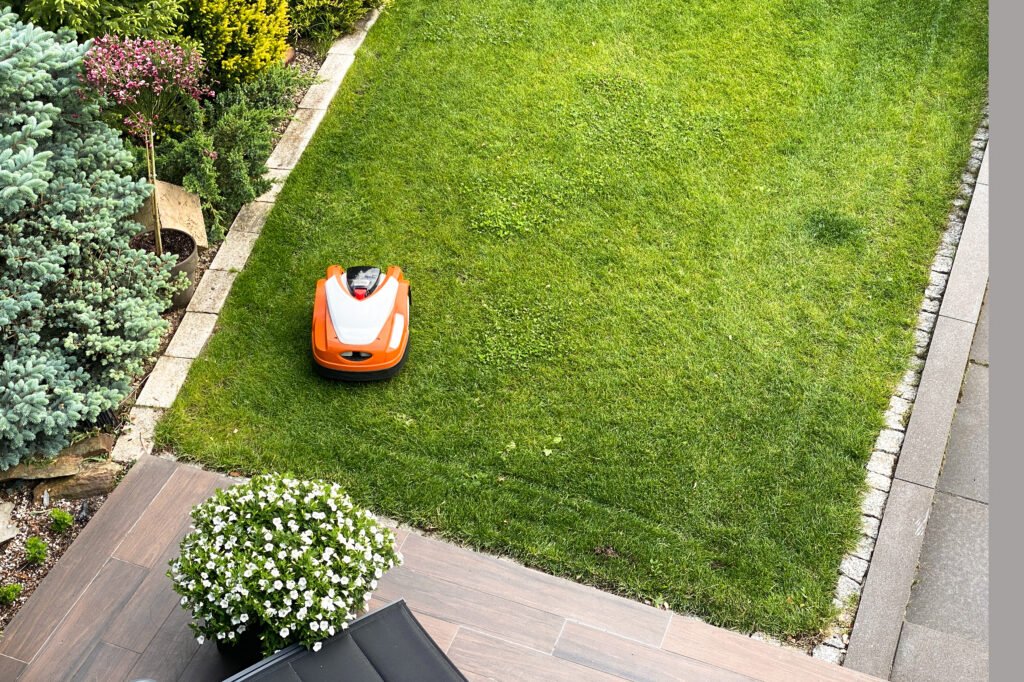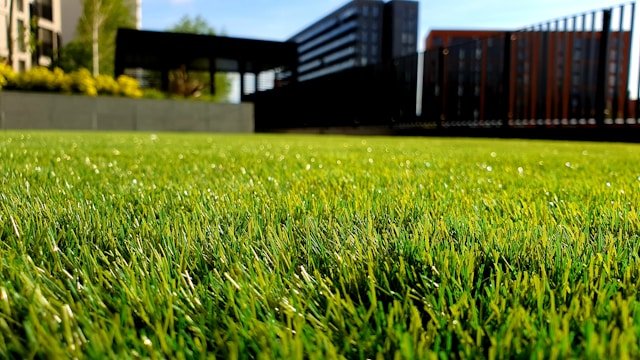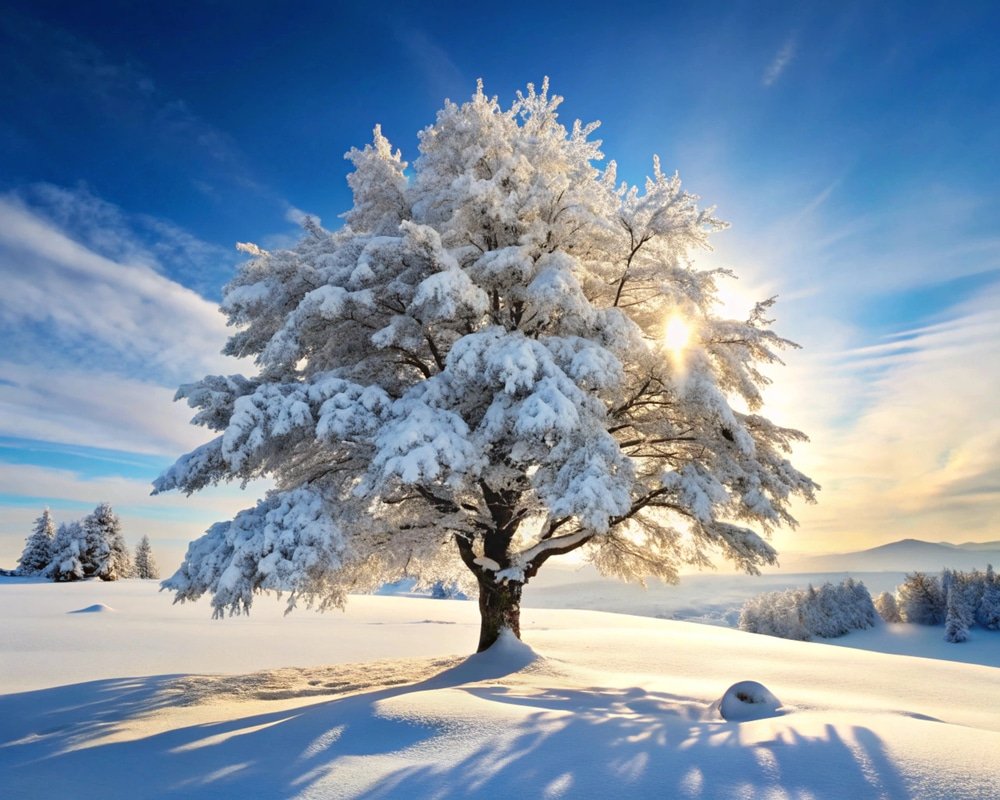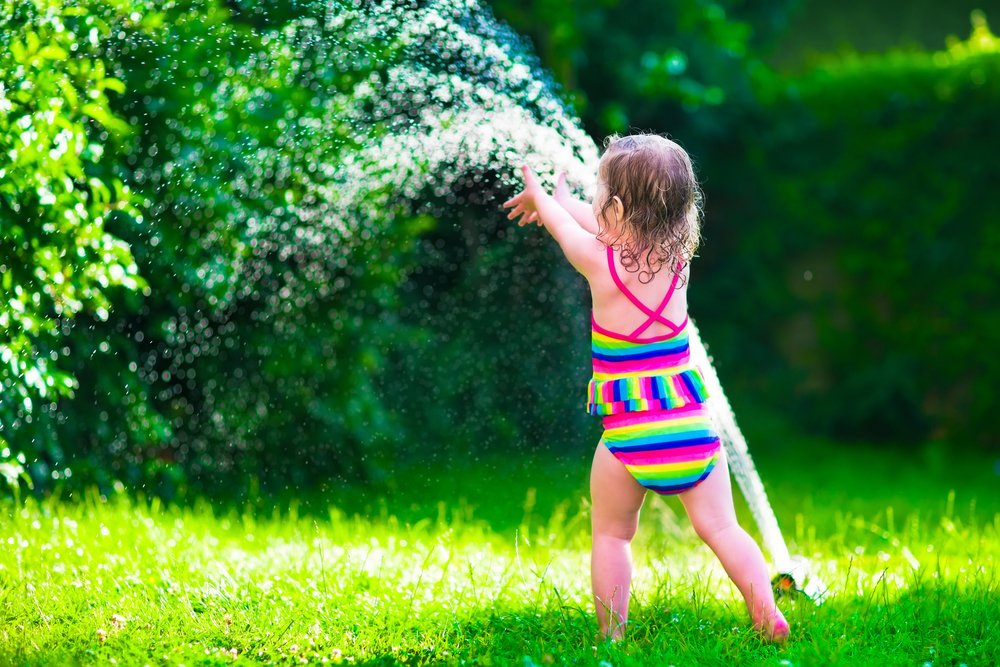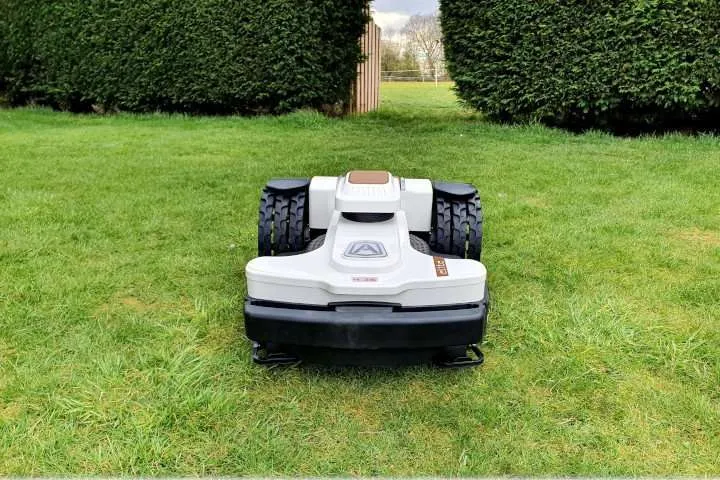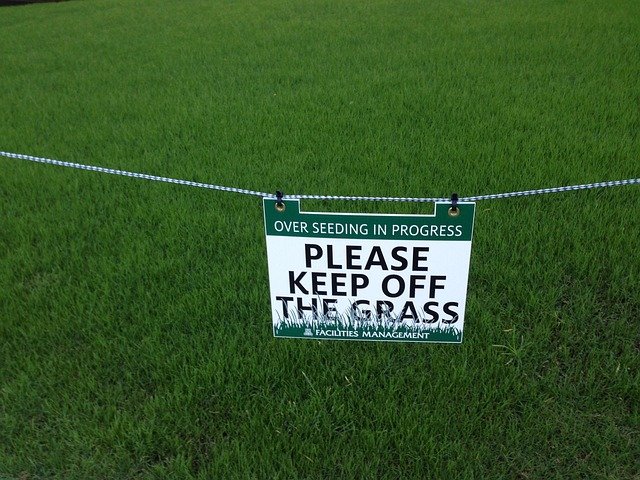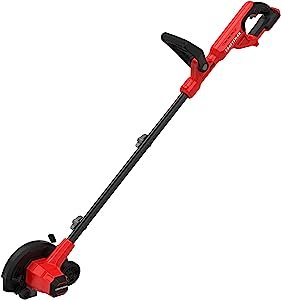Winter is a beautiful season, with snow-covered landscapes creating a magical atmosphere. However, as a homeowner, you may find it challenging to maintain a pristine lawn during this time. The cold weather, snow, and ice can wreak havoc on your lawn if not properly cared for. In this article, we will explore some essential tips and techniques for winter lawn care, ensuring that your lawn remains healthy and vibrant all year round.
The effects of snow on your lawn
Snow may appear harmless, but it can have detrimental effects on your lawn if not managed correctly. One of the primary concerns is snow compaction, which occurs when heavy snowfall compresses the grass blades and underlying soil. This compaction restricts air circulation and can lead to suffocation of the grass roots. Additionally, as the snow melts, it can create excess moisture, promoting the growth of fungi and diseases. Understanding these effects is crucial in devising a winter lawn care plan.
Preparing your lawn for winter
Proper preparation is key to maintaining a healthy lawn during winter. Before the first snowfall, it is essential to give your lawn some extra care. Start by mowing your grass slightly shorter than usual to prevent snow mold and other diseases. Clear any debris, such as fallen leaves and branches, as they can suffocate the grass and provide a breeding ground for pests. Lastly, apply a slow-release winter fertilizer to provide essential nutrients to the grass roots throughout the cold season.
Snow removal techniques for your lawn
When it comes to snow removal, it is crucial to choose the right techniques to avoid damaging your lawn. Start by investing in a sturdy, plastic snow shovel or a snow blower to clear the snow effectively. Avoid using metal shovels, as they can scrape and damage the grass blades. Additionally, be mindful of the direction in which you throw the snow. Avoid piling it on your lawn, as the weight can cause compaction. Instead, aim to throw the snow onto paved surfaces or designated areas.
Dealing with snow mold and other lawn diseases
Snow mold is a common issue that affects lawns during winter. This fungal disease appears as circular patches of gray or pinkish mold on the grass. To prevent snow mold, avoid excessive fertilization in the fall, as it can promote its growth. Additionally, ensure that your lawn is well-drained to prevent excess moisture. If snow mold does appear, gently rake the affected areas to promote air circulation and help the grass recover.
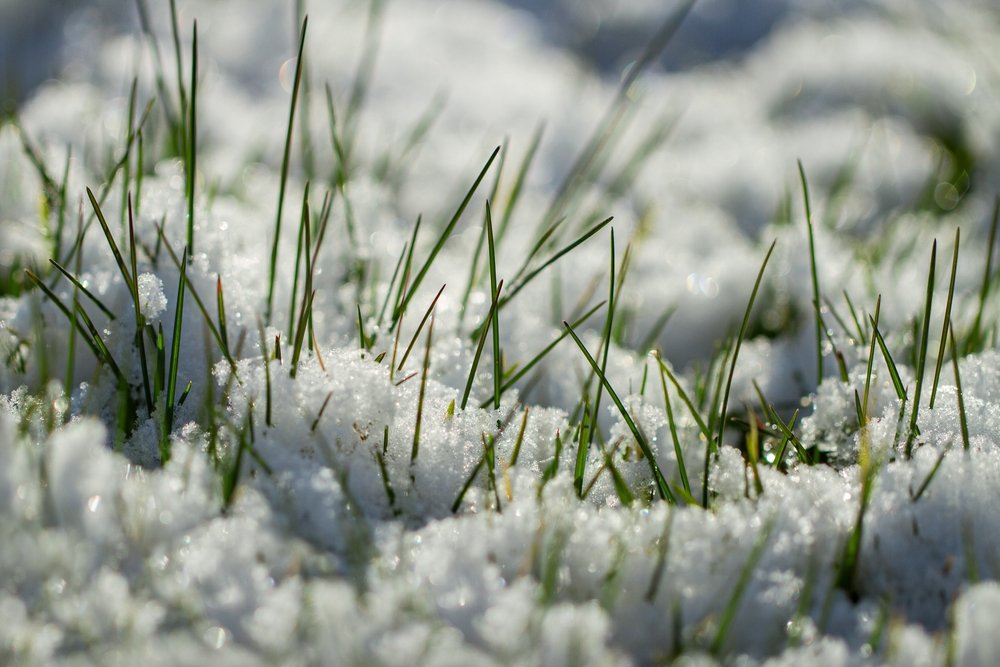
Protecting your lawn from salt damage
During winter, salt is commonly used to melt ice and snow on driveways and walkways. However, the runoff from these areas can damage your lawn. To protect your lawn from salt damage, create a barrier using burlap or plastic sheeting between your lawn and the salted areas. Additionally, avoid using salt-based deicers near your lawn. Instead, opt for environmentally friendly alternatives, such as sand or calcium magnesium acetate.
Winter lawn care equipment and tools
Investing in the right equipment and tools can make winter lawn care much more manageable. A sturdy snow shovel or snow blower is essential for effective snow removal. Additionally, consider purchasing a deicer spreader to evenly distribute salt or other alternatives. A leaf blower can also be handy for clearing light snow from your lawn. Lastly, keeping a stock of winter fertilizer, grass seed, and lawn repair patches will help you address any winter lawn issues promptly.
Tips for maintaining a healthy lawn during winter
To maintain a healthy lawn during winter, there are a few additional tips you can follow. Firstly, avoid walking on your lawn when it is covered in snow or ice, as this can cause compaction and damage the grass. Secondly, monitor the moisture levels of your lawn and ensure it is not becoming waterlogged. Lastly, if you have pets, be mindful of their bathroom habits on the lawn. Their urine can cause burn spots on the grass, especially when it is already stressed during winter.
Lawn care services for winter maintenance
If you find it challenging to maintain your lawn during winter, consider hiring professional lawn care services. These experts have the experience and knowledge to navigate the unique challenges of winter lawn care. They can provide regular snow removal, apply winter fertilizers, and address any snow mold or other lawn diseases promptly. By outsourcing the winter maintenance of your lawn, you can ensure that it receives the care it needs while you focus on other winter activities.
Conclusion
Maintaining a pristine lawn during winter may seem like a daunting task, but with proper care and attention, it is achievable. By understanding the effects of snow on your lawn, preparing it for winter, and employing the right snow removal techniques, you can ensure that your lawn remains healthy and vibrant. Additionally, protecting your lawn from salt damage, using the right equipment, and following essential tips will further contribute to its well-being. If needed, do not hesitate to seek professional lawn care services to make winter maintenance more manageable. With these strategies in place, you can enjoy a beautiful lawn all year round, even in the midst of a snowy winter.


